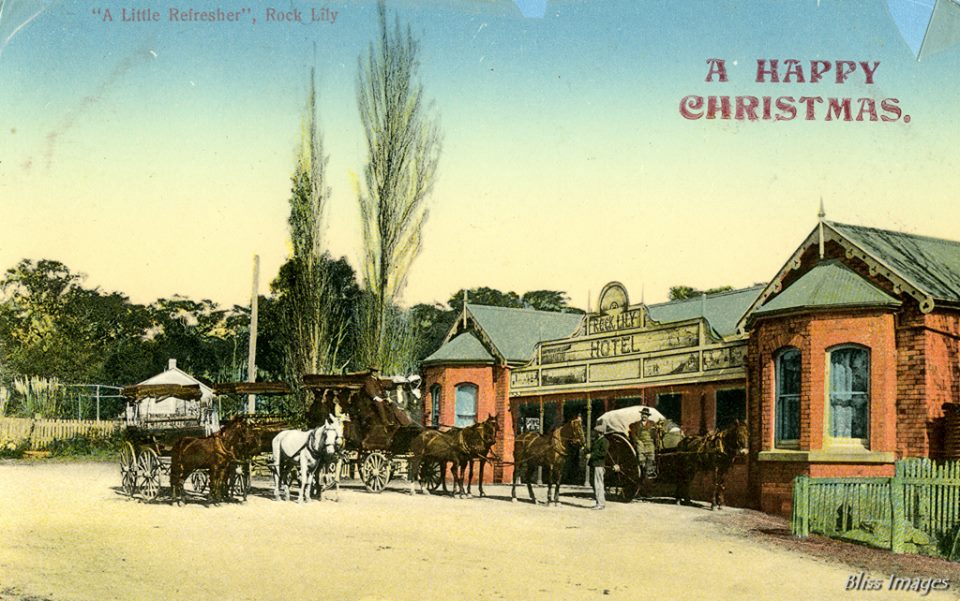February 3 - 9, 2019: Issue 392
Off To School In 2019 A Bit Quicker Than A Hundred And Four Years Ago
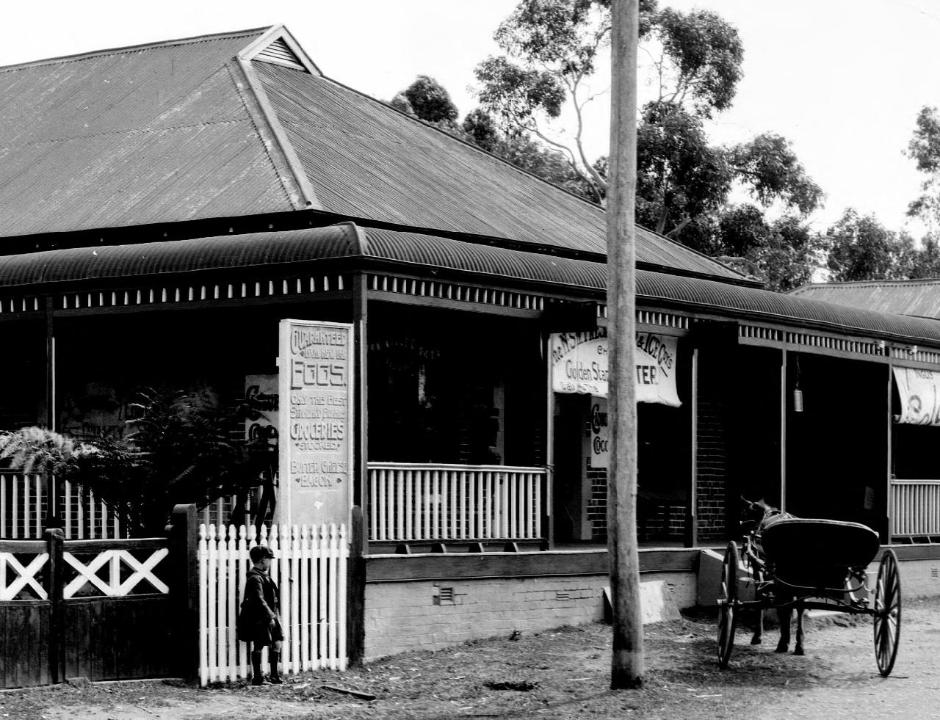

The sight of traffic around school drop off time this week, on the first day back to school for 2019, reminds of stories my grandmother used to tell of her horse and riding to school in the days before there were school buses or boats to bring children across the water to school.
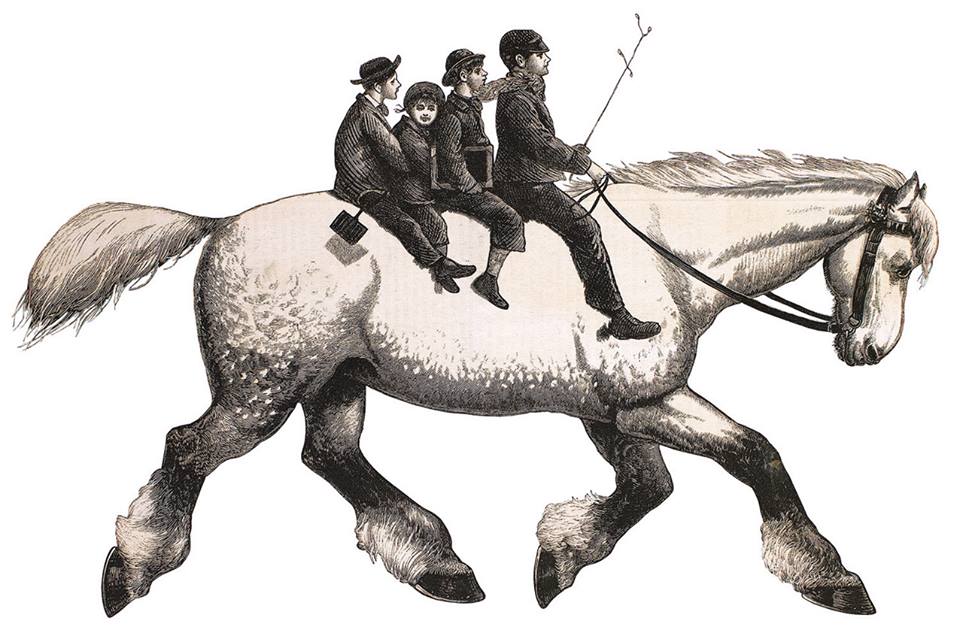
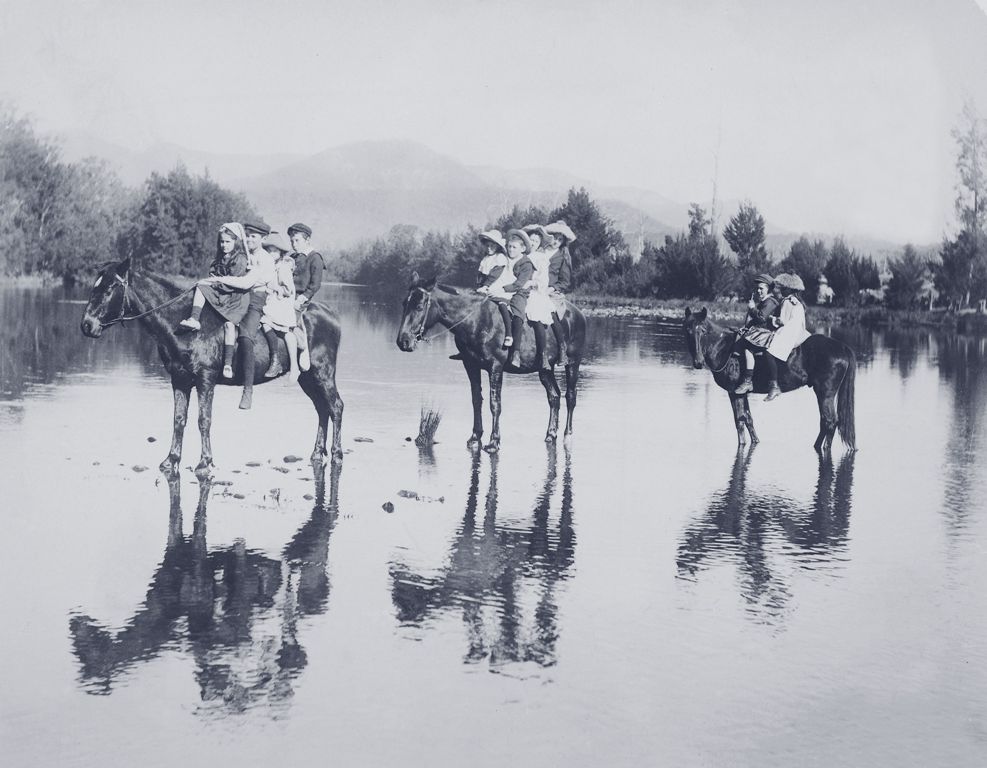
WITH THE CHILDREN. HOMEWARD BOUND.
Some few years ago in and around Pittwater were found many children who could neither write nor spell their own names. The nearest school was miles away, and quite inaccessible to the children living at-the mouth of the bay. Directly the attention of the department was called to this matter it set itself to remedy so great an evil. A trim little-oil launch was requisitioned, subsidised by the Government, and now the visitor to Newport, Bayview, Clareville, or Kurring-gai Chase, may see the unique spectacle of a launch full of children going- to or from the public school at Church Point.
It starts on its way at 7.15 a.m., and gathers the children from the many little bays and inlets that make beautiful that fine stretch of water to the left of Barrenjoey. At 9.30 the pupils are all seated at their desks.
Afternoon is the best time for the visitor to take a trip with the launchman, and see how the State caters for the children.
The launch leaves Newport on the home-ward journey about 3.15 p.m. It heads straight for the point, where the children, some 25 or 30 of them, having left the pretty schoolhouse half a mile distant, have assembled themselves on the jetty. A pretty picture they make, too, as they stand on the steps, white-pinafored, dark coated, rosy-cheeked, with bag in hand or slung over shoulder. The launch draws alongside. The bigger boys and girls step in, carefully watched by the assistant, who lifts the smaller ones and sets them quickly but gently on the deck of the boat. Another moment and away she goes with her cargo of little souls. A quick steam along the right shore, and a stop is made at one of the pretty bays for which Pittwater is renowned. A curly-headed little girl, some 6 years old, and her bigger brother are landed. They shout a merry "Good-bye" to the other youngsters, and off they go to the big house, where their parents are. Another stop, and three others are landed, along with sundry loaves of bread, and what looks uncommonly like a leg of mutton. Further on a halt is made to deliver the day's paper, a tin of biscuits, three loaves of bread, and two more children.
The launch is slowing down. This landing is not so easy as the last. There is no wharf here. The fisherman pulls out in his boat, draws alongside, and the children step in. A few loaves of bread, a letter, and sundry parcels accompany them.
Many stoppages are made before Barrenjoey is reached. The largest number of children are delivered to here, along with a larger supply of provisions.
It is said that boys and girls of 1-7 living in this lonely, out-of-the-way place had no means of education until the department provided this means of conveyance, and carried them free of charge to the school at the head of the bay. The launch turns homeward, but it is a long run before the four remaining children are landed.
It grows colder. They huddle closer together. The launchman suggests a song. Their willingness to comply proves it to be the usual way they pass the time down the bay after losing their companions. Four shrill little voices pipe "When the Empire Calls," "Three' Blind Mice," and "The Canadian Boat Song." "God Save the King" gives the visitors timely warning that they are nearing home, though there is no sight or sound of habitation. They are landed at last. Their day is a long one. They are the first passengers and the last. They must make an early start, for their home lies three-quarters of a mile from the water. Away they go, each carrying a loaf of broad and their schoolbags. They are a wee bit timid of the walk just yet. An evening or two previous they were in sight of home when two native cats jumped down on the narrow bush track. With one accord they dropped everything, turned themselves round, and never stopped running till they reached the water where 15 minutes previously they had been landed.
A quick run of half an hour with one or two stoppages for the delivery of provisions to the lonely fisherman or selector brings the launch back to its moorings.
Truly we live in wondrous times when the education of the children of the solitary fisherman, the lighthouse keeper, or the caretaker is thought of so much importance that means are found to bring them to the in to whom that education can be obtained.-"Herald." ZAVA.
WITH THE CHILDREN. (1906, December 25). Clarence and Richmond Examiner (Grafton, NSW : 1889 - 1915), p. 2. Retrieved from http://nla.gov.au/nla.news-article61461790
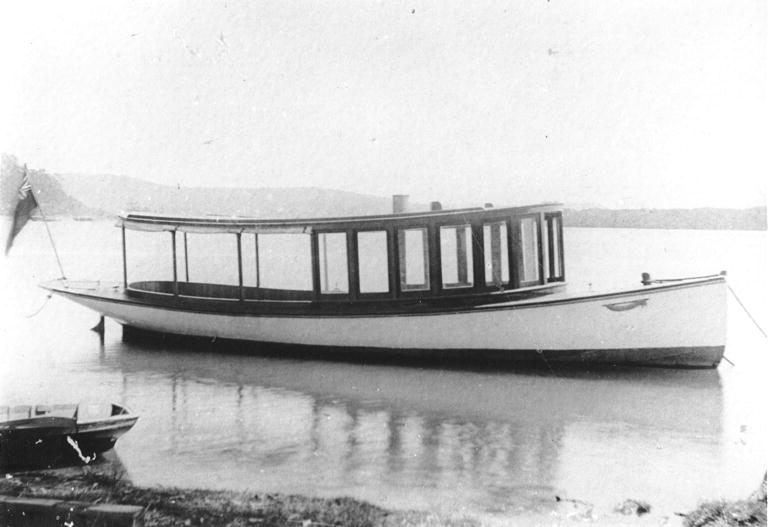
Small launch built by Gordon Beattie, perhaps the Coral circa 1910, courtesy Gosford Library images.
Bayview School Launch.
(See Illustration on this page.)
The Patonga is a motor launch, engaged, morning and evening, of every school day, to convoy children residing at Barrenjoey, Careel Bay, and the adjoining district, to the Bayview (Central) School. Pittwater, although one of the most beautiful, interesting, and picturesque of Nature's gems, is by tho very reason of its loveliness, a difficult place to provide with schools. Until Quite recently the only way those children could get-to either Bayview or Newport Public Schools, was by rowing boat, the distance in some cases being nearly eight miles. It will be seen that only in very fine weather was it possible to attend school, and the result, unfortunately, was that the people, by the peculiarity of their location, were practically debarred the advantage of our Public Instruction Act.
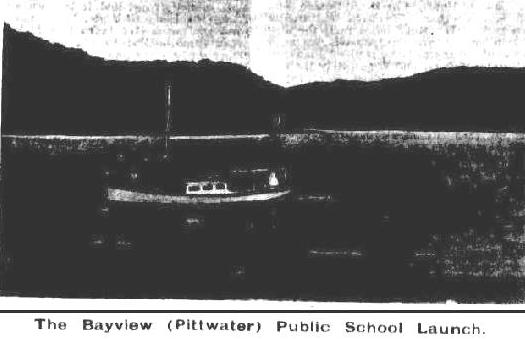 Numerous requests were made to have more convenient school accommodation for these children (29 in number), but there was this difficulty--That to give all these families anything like equal opportunities, would have necessitated two or three small schools. Early in the present year, the Hon John Perry, then Minister for Education, Instructed Mr. Senior Inspector Lobban to take the matter in hand, and ascertain the best way in which the request could be treated.
Numerous requests were made to have more convenient school accommodation for these children (29 in number), but there was this difficulty--That to give all these families anything like equal opportunities, would have necessitated two or three small schools. Early in the present year, the Hon John Perry, then Minister for Education, Instructed Mr. Senior Inspector Lobban to take the matter in hand, and ascertain the best way in which the request could be treated.
After exhaustive inquiries had been made by that able officer; assisted by Mr. S. Morrison, teacher Bayview Public School, it was proposed to gather together all tho children, and take them by launch to Bayview Public School. This idea commended itself to Mr. Perry, and arrangements were made with Mr. William Sykes, the owner of the Patonga, to give the scheme a fair trial. The service was inaugurated in April, and has been running nearly four months.
As this was one of the last administrative acts of Mr.Perry, he may feel proud of the result, which is described in departmental reports as "an .unqualified success".
This, launch, is the first and only school launch in Australia. The boat is a distinct departure from the style usually adopted for motor launches. She is 30ftlong and 8ft beam, the motive power being supplied by a 5 h.p. Hercules engine. She was built specially strong to withstand the rough sea sometimes experienced in the bay, and it is a source of gratification to the department that all through :the recent heavy weather the timetable has been carried out. She is in charge of her owner, and presents an interesting appearance as she comes each morning, with 20 to 30 children, to Church Point Wharf. The Bayview (Pittwater) Public School Launch.
Bayview School Launch. (1904, August 3). Australian Town and Country Journal (NSW : 1870 - 1907), p. 37. Retrieved from http://nla.gov.au/nla.news-article71512651
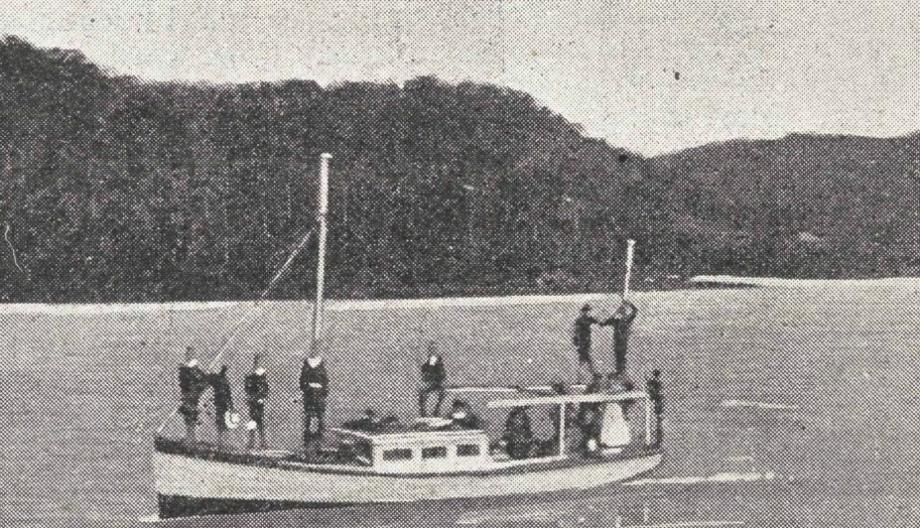
The Bayview (Pittwater) Public School Launch. Bayview School Launch. (1904, August 3).Australian Town and Country Journal (Sydney, NSW : 1870 - 1907), , p. 37. Retrieved from http://nla.gov.au/nla.news-article71512651
Images is from a Newspaper cutting held by the State Library of Western Australia:
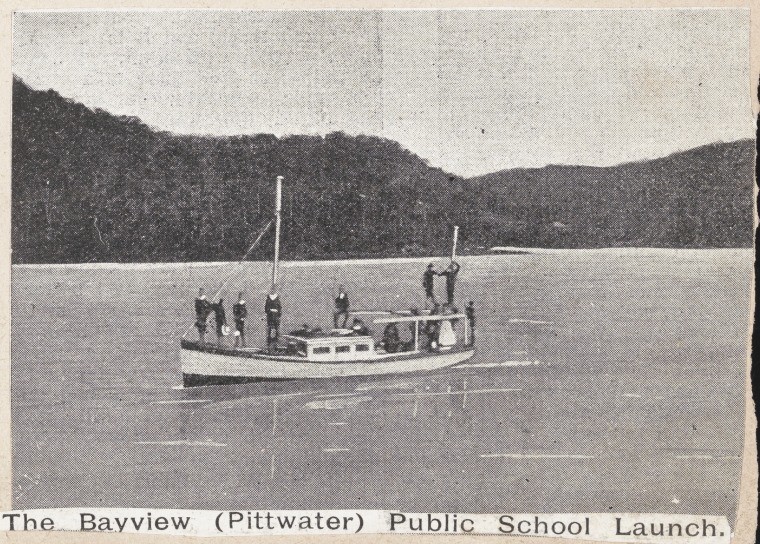
'This image is part of a collection of 69 albums of pictures, postcards, and newspaper cuttings donated to the State Library of Western Australia in July 1961 by the family of the late Mr Miller. Jack Edward Miller was employed as a boatman and cook by the Harbour and Lights Department in February 1902 and spent some time at Breaksea Island lighthouse near Albany.' Call Number U15g.
Pittwater School ferry – the Patonga Launch was built by E. Fisk at Penrith in 1903.;
A NEW MODEL LAUNCH
This reminds us of the model oil launch referred to in the heading, and which we were invited to inspect. There is nothing so calculated to push a country forward as private enterprize (although our present Government is not of that opinion), and did we but have more of it, things would soon hum in Australasia as loud as in America. A step or two up the ladder of private enterprize has just been taken in Penrith in connection with water traffic and the result—a splendid launch, built on perfectly modern scientific principles, with all latest contrivances for speed, convenience and comfort. The enterprising proprietor is Mr William Sykes, architect, and the builder Mr E Fisk, well known as a thoroughly efficient and -reliable ship-builder, having served his apprenticeship in Sydney.
Unfortunately for the district this handsome modern launch is not being perfected and expensively finished to float on and grace our deserted waters, but is intended by the owner for service on the Hawkesbury River. Whether this is through the unwillingness of the public to patronise and encourage such undertakings, or whether the proprietor has in view a much more profitable scheme in the locality chosen, is not in our province to say. Anyway, it is clear at-the present time our river has no attraction for its owners, and the cause remains a knotty problem to solve.
The new launch is being built at the rear of Mr Sykes residence in High-street, and is 30ft in length—the beam being 8ft- has a depth of 4ft 6in. and a draught of about 2ft. She is being built especially strong, having 3 lots of frames, and for greater protection is double-planked all over. The engine-house, which is placed centrally, is very neatly constructed and well lighted, the upper part, which is glazed with very thick glass, standing about 2ft above the deck. The motive power will be supplied by a powerful oil engine of latest design. The boat is beautifully fitted up for the accommodation of 16 people, sleeping arrangements being made for 8. For the safety of passengers the floor of the cock-pit and all seats are constituted so as to float in case of necessity, and so be the means of saving life. All this is being done in compliance with the Navigation Department's regulations. The fore cabin is also conveniently arranged and fitted up, and there is a hat oh way on the deck above for the storage of the anchor, &c. The lower parts of the launch are securely covered with copper sheeting, to water mark, the whole of the work being splendidly executed. The boat will have a single screw. Above deck she will be fitted with awnings which may be made entirely water and wind proof when necessary. The launch, when finished, will be a handsome structure, fit to face either a rough sea or smoother waters. The proprietor informs us the boat will be run by his son. A Model New Launch. (1903, May 23). Nepean Times (Penrith, NSW : 1882 - 1962), p. 6. Retrieved from http://nla.gov.au/nla.news-article100916017
*Shanks' (or shanks's) mare (or nag or pony) derives from the name of the lower part of the leg between the knee and ankle - the shank, nowadays more often known as the shin-bone or tibia. This was alluded to in the early form of this term - shank's nag and originated in Scotland in the 18th century. There are several early citations in Scottish literature, as here in Robert Fergusson's Poems on Various Subjects, 1774:
"He took shanks-naig, but fient may care."
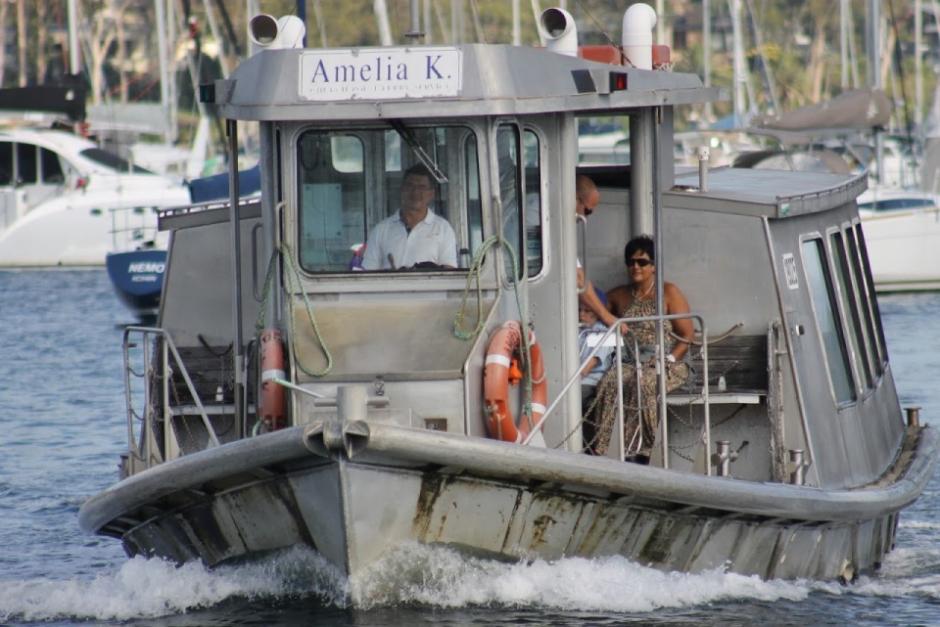
Church Point Ferry Amelia K on the to Newport School Ferry Run
Some History Pages On Pittwater Schools:
- Early Pittwater Schools: The Barrenjoey School 1872 to 1894
- Church Point and Bayview: A Pittwater Public School Set on the Estuary
- The Newport School: 1888 to 2018
- Mona Vale Public School 1906 to 2012
- Avalon Beach Public School - A History
- Barrenjoey High School's 50th Year: History Notes + The Original Barrenjoey School
Some Earlier Pittwater Horses:
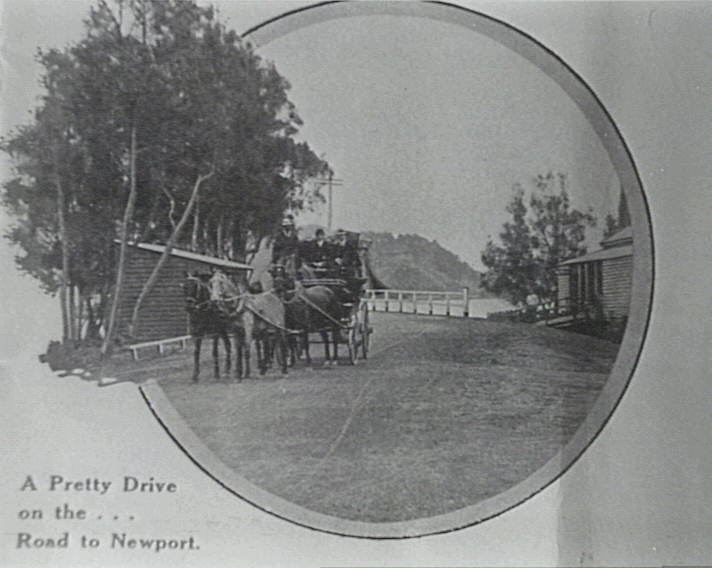
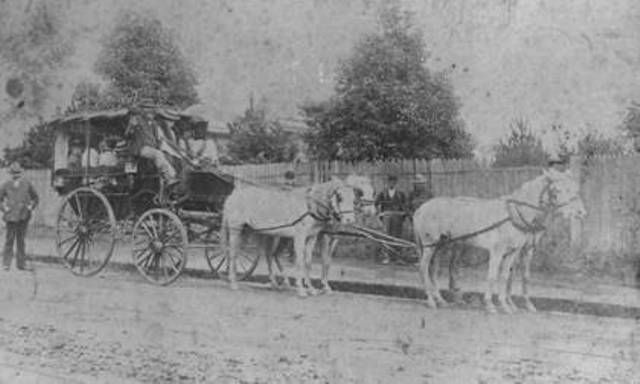
Joseph Black at Newport with passengers and the mail - courtesy Mr Black's family
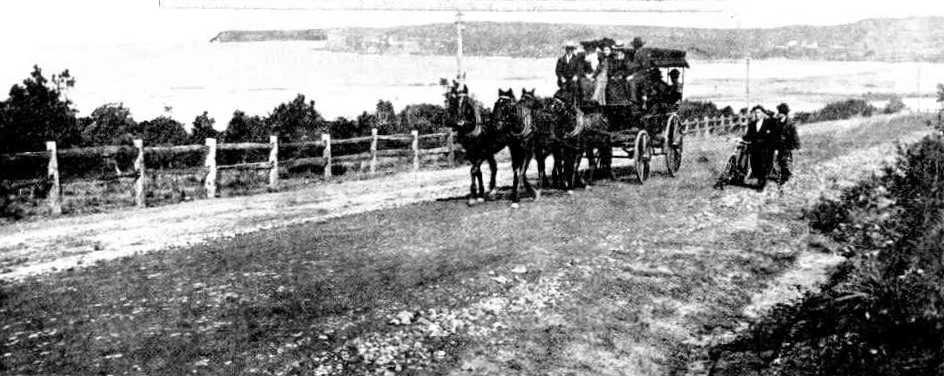
3. Dee Why Hill.
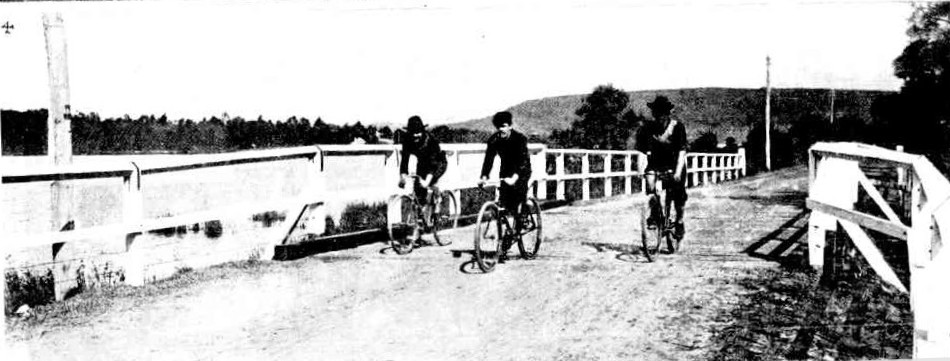
4. At Narrabeen.
THE MANLY-PITTWATER CYCLE PATHS. (1901, August 24). The Sydney Mail and New South Wales Advertiser (NSW : 1871 - 1912), p. 479. Retrieved from http://nla.gov.au/nla.news-article165234777
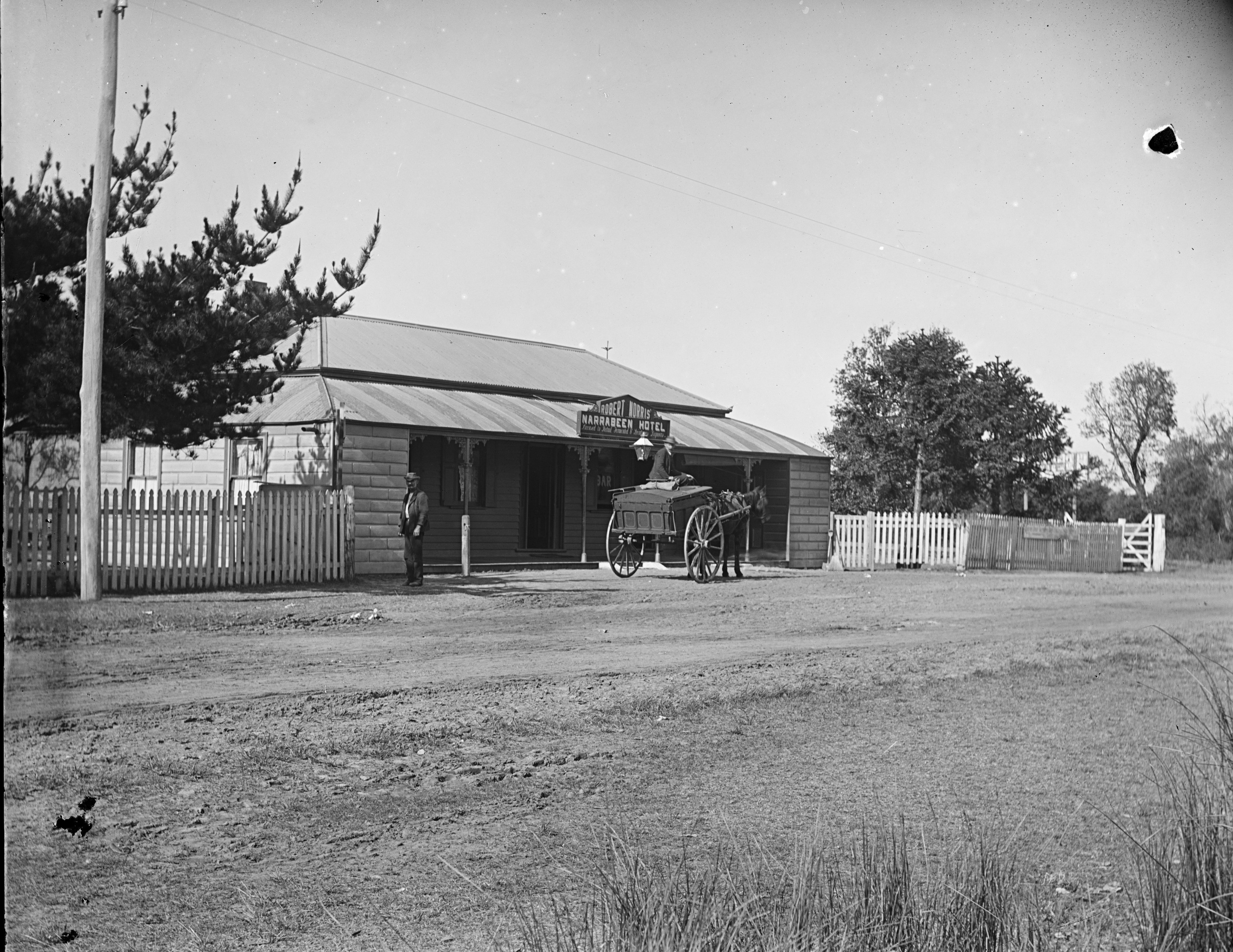
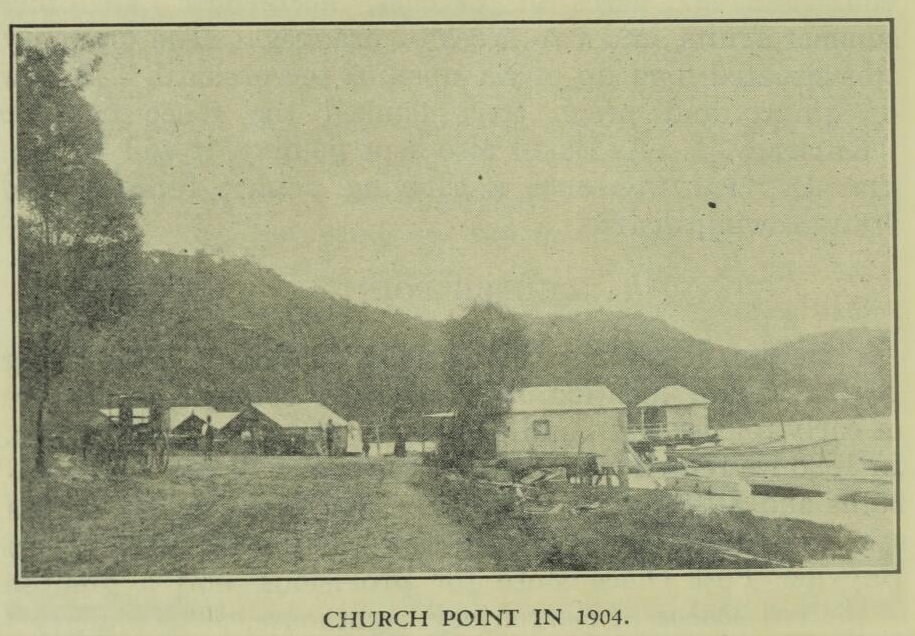
CHURCH POINT IN 1904.
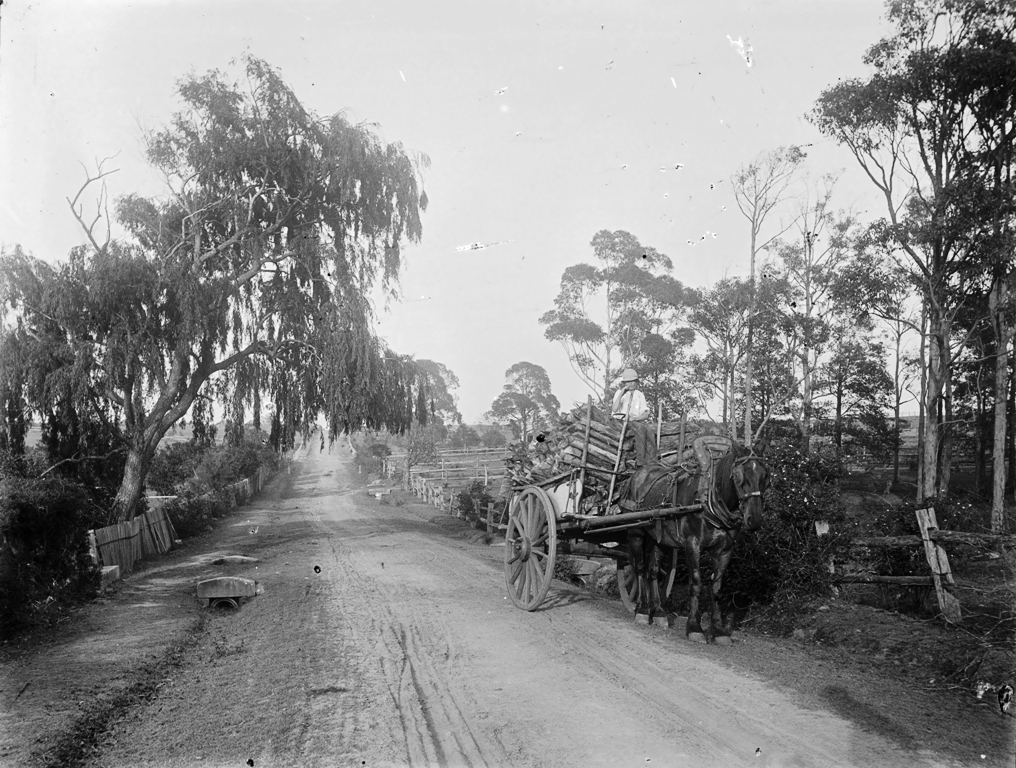
TRAM WAY CONNECTION WITH NARRABEEN.
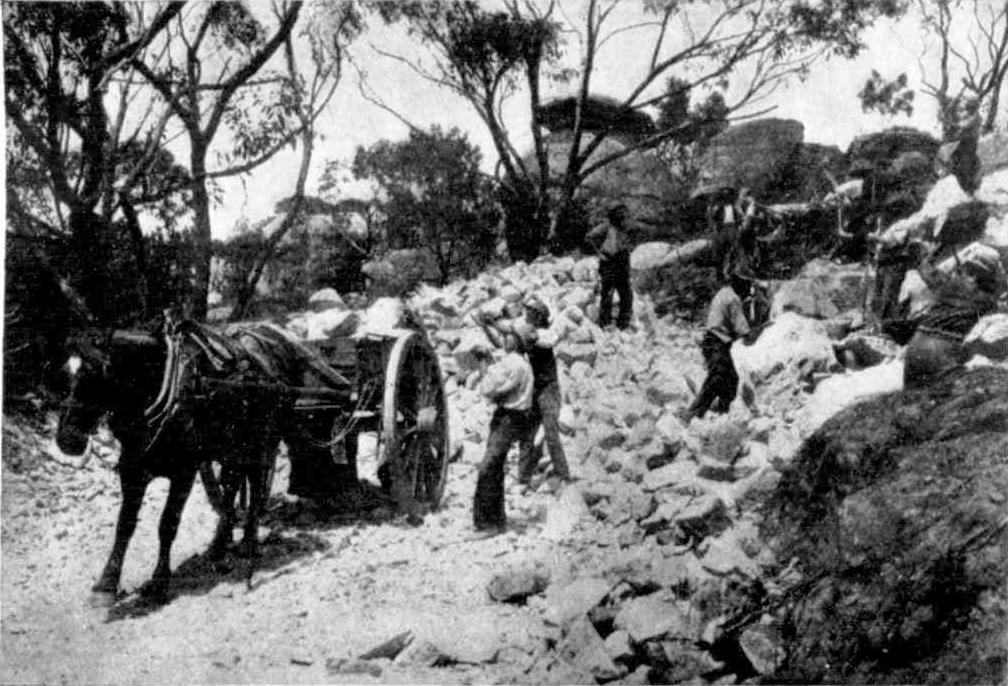
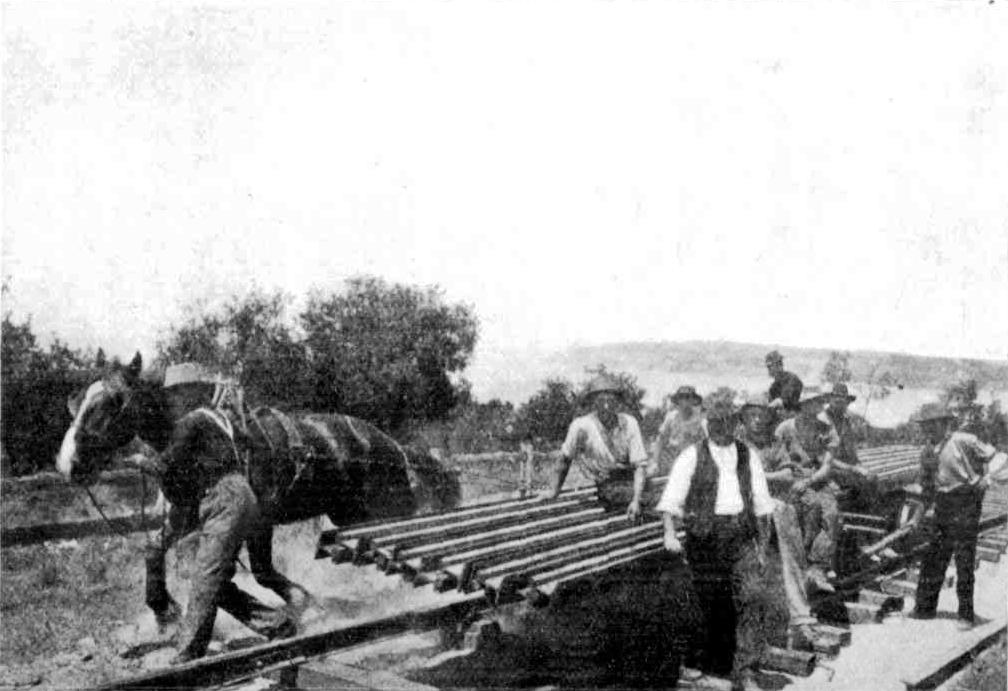
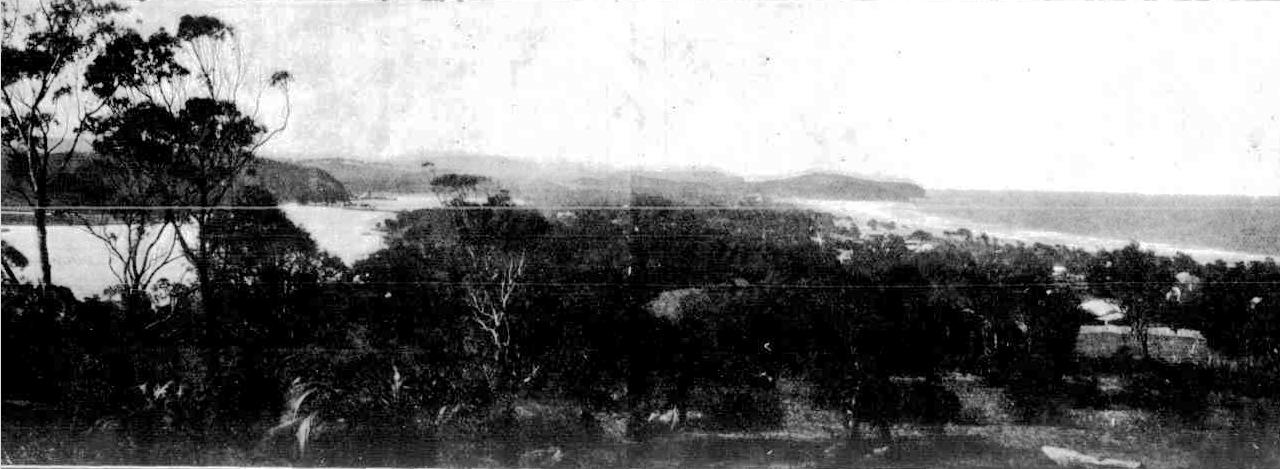
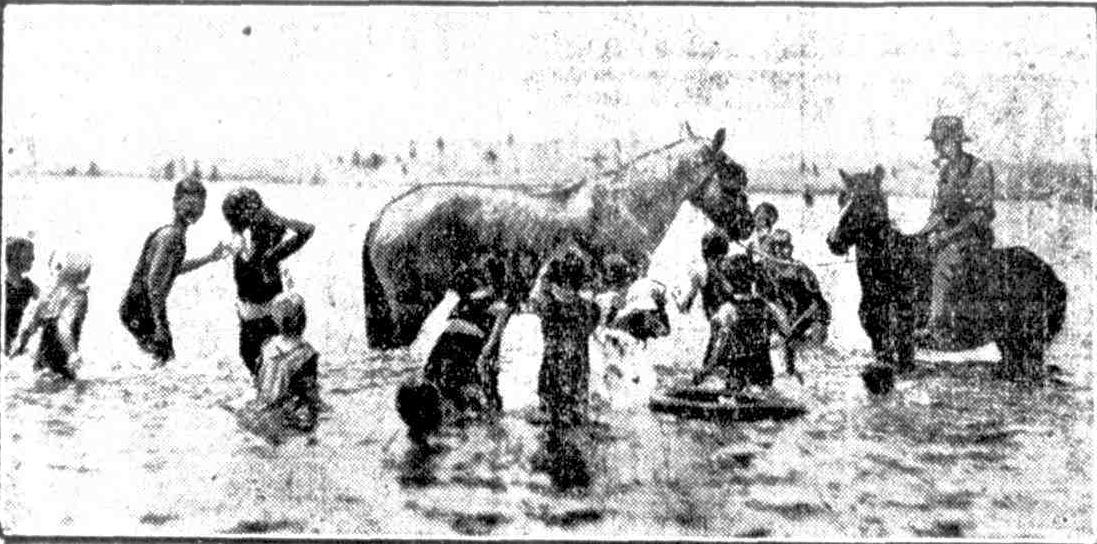
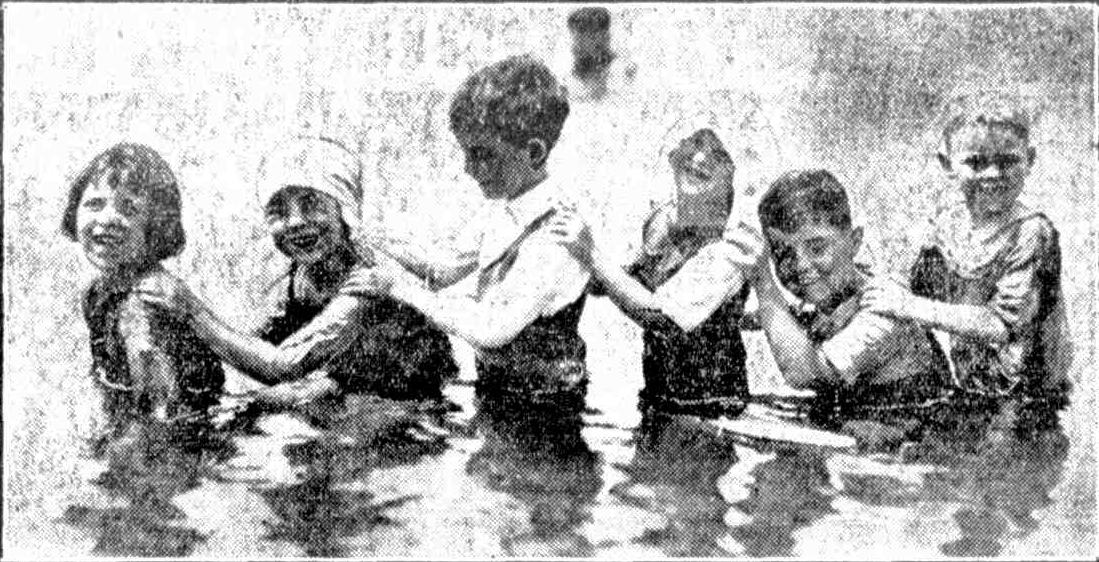
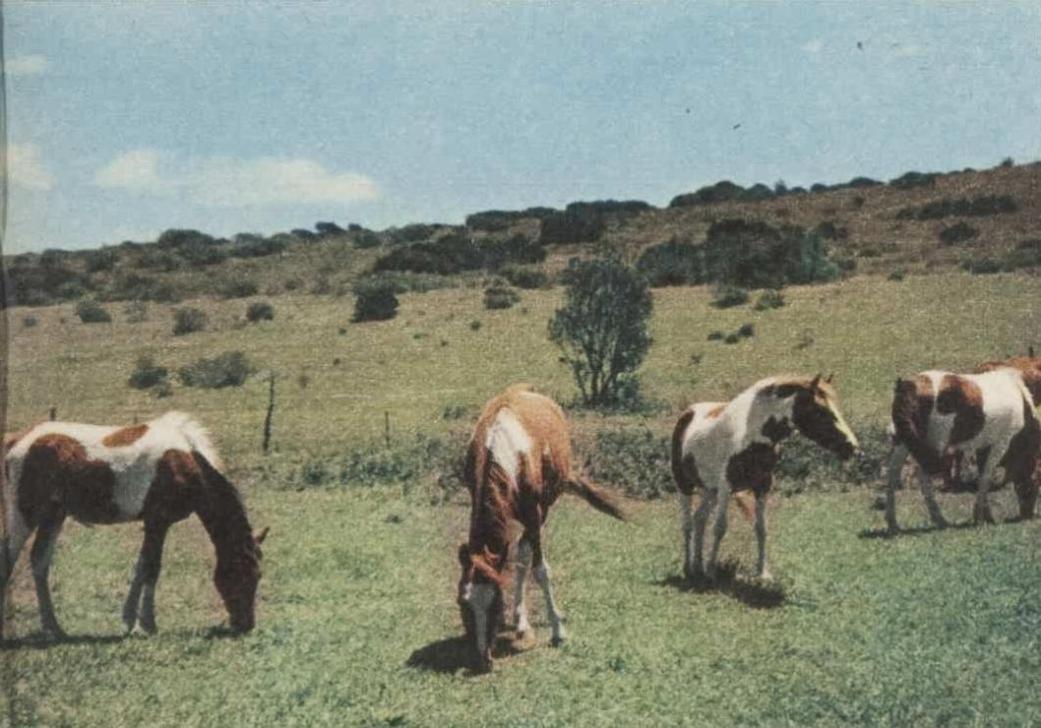
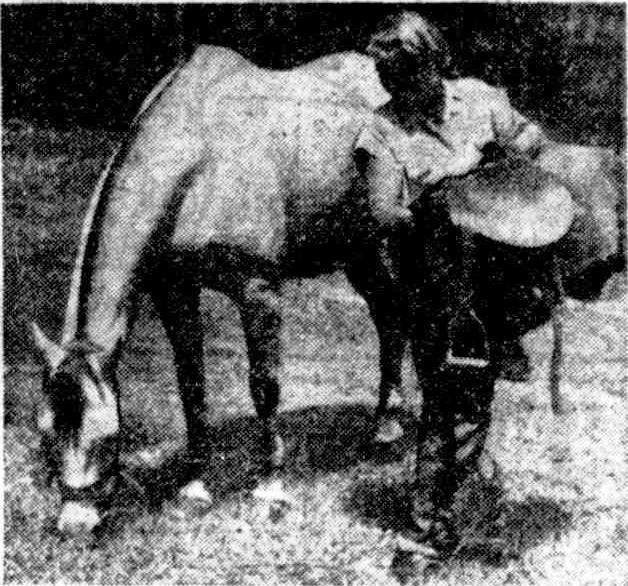
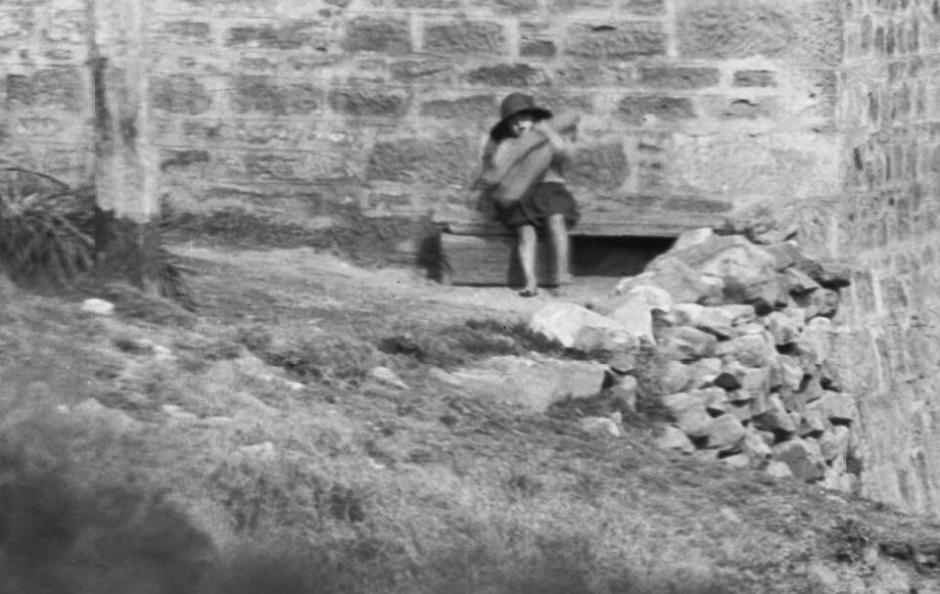
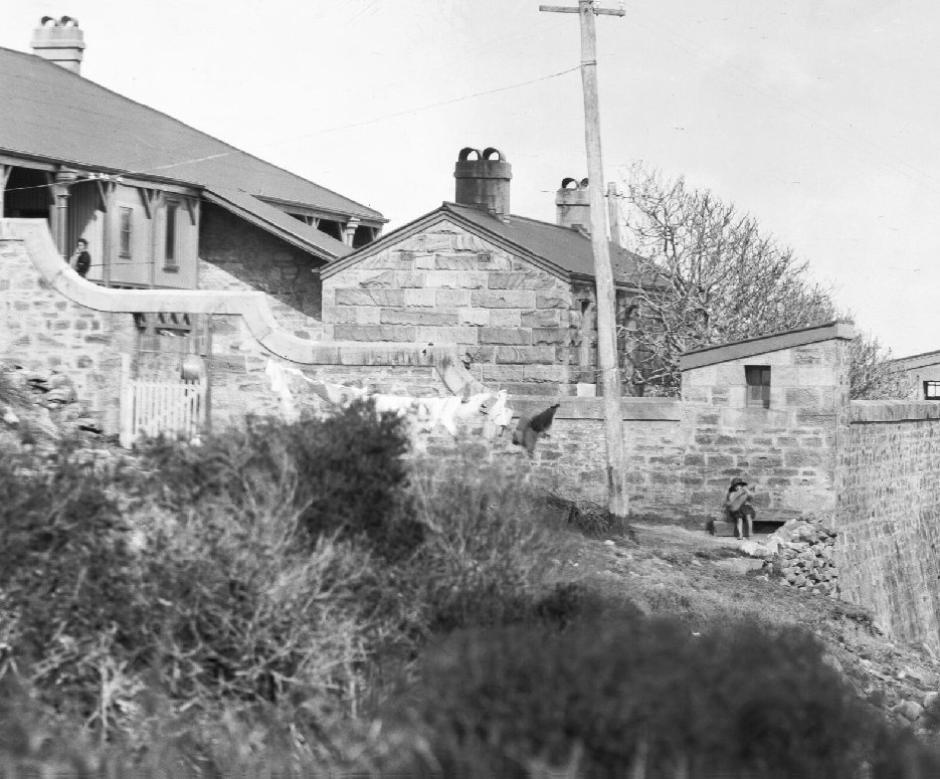
EB Studios (Sydney, N.S.W.). 1917, Panorama of Palm Beach, New South Wales, 14 , PIC P865/6/1 LOC Nitrate store, (zoomable at http://nla.gov.au/nla.obj-162567120 ) and sections from – courtesy National Library of Australia
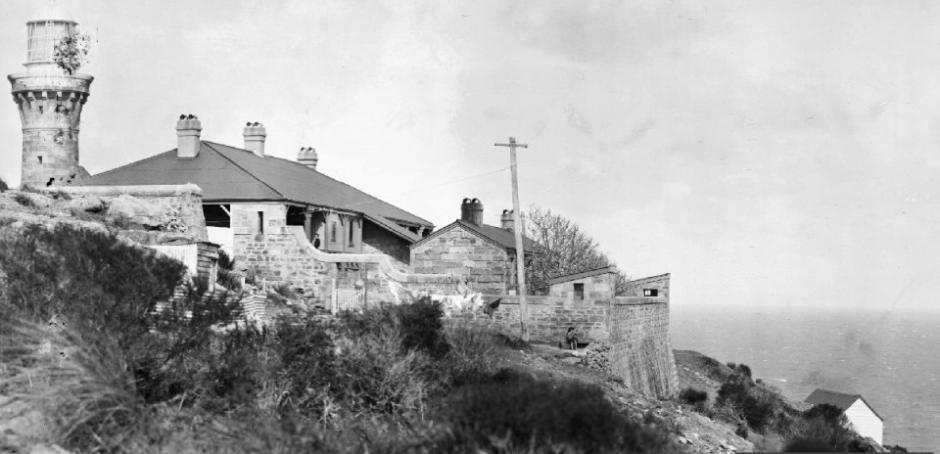

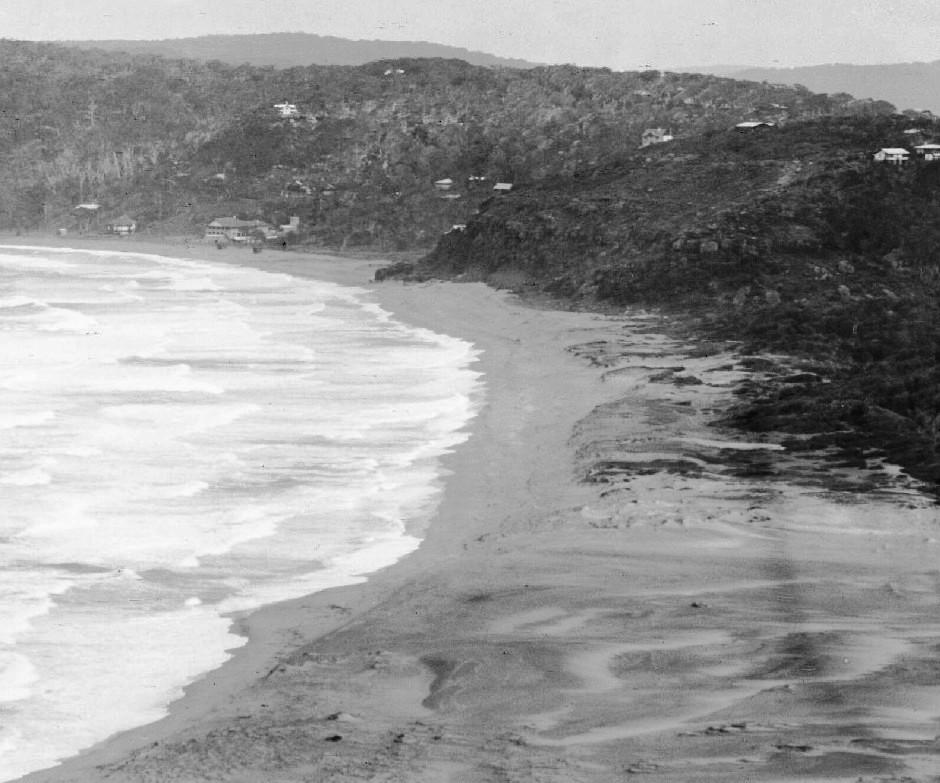
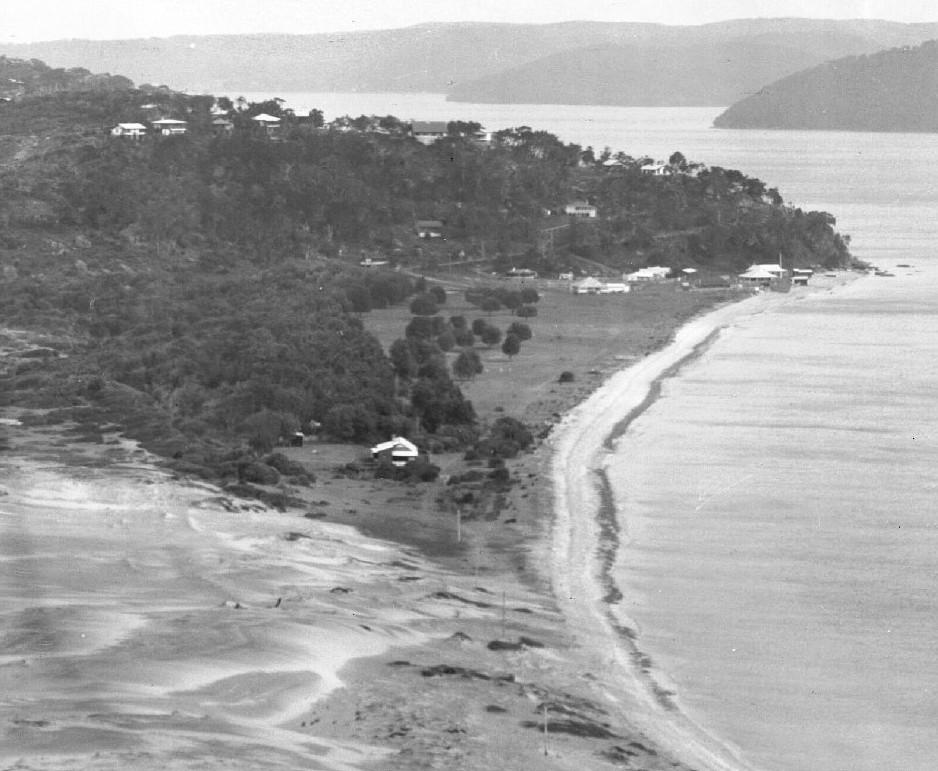
School Traffic Jam on the First Day Back to School in 2019 - at North Avalon
